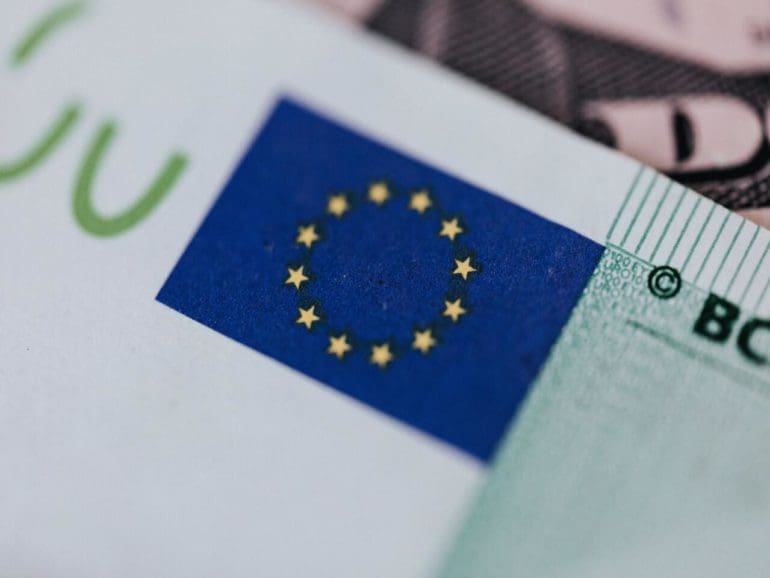The World Intellectual Property Organization (WIPO) and European Union are exploring a new idea around using NFTs to protect intellectual rights and prevent counterfeiting.
The report provides an overview of the challenges associated with combating counterfeit goods, including how extensive the problem is and its adverse impacts on society.
Next, it discusses how blockchain technology can support enforcement authorities in fighting counterfeiting and how EUIPO (European Union Intellectual Property Office) has joined forces with the tech community to develop a solution for product authentication.
Finally, it looks at the design architecture chosen for the blockchain solution, plus a roadmap for its implementation and adoption.
According to the paper, “to achieve this, it will be important, by the end of 2022, to regroup stakeholders previously engaged in the use case together with key supporting partners and undertake a proof of concept of the solution.
Then, the challenge will be to transform the lessons learned from the proof of concept into technological requirements for producing a minimum viable product and expand the existing supporting partner network engaged in leveraging the solution as it goes live.”
Phillip Pieper, co-founder of Swarm, talks about the implications “Exploration of the NFT phenomenon, since it emerged in 2021, has been highly focused on the digital artwork aspects of the tech. And while this EU initiative would have implications for that area of innovation, it would by no means be its only remit. Swarm Markets has routinely said that ownership of an array of asset classes is more than capable of being represented digitally via NFTs.”
Related:
Counterfeit goods in the EU
The latest Intellectual Property Crime Threat Assessment, issued jointly by Europol and the European Union Intellectual Property Office (EUIPO), shows that counterfeit goods accelerated during COVID-19.
In the wake of the health crisis, counterfeiters and pirates adjusted their business models to meet the new global demand.
According to the latest OECD and EUIPO data, counterfeit and pirated goods accounted for 5.8% of all goods imported into the EU in 2019.
Both online and offline markets continue to see high counterfeiting rates for apparel, accessories, and luxury goods. A total of 66 million counterfeit items were seized by EU authorities in 2020, making them one of the top categories.
Technological neutrality
The EUIPO has selected a high-level design architecture to develop a blockchain solution after an additional design contest in 2021, which was further elaborated on during the May 2022 Blockathon Forum.
The committee aims to establish connections with participating EU customs authorities, right holders, logistic operators, and retailers by the end of 2023 to deliver a live product by that date.
Furthermore, it might establish a communication protocol with blockchain services that already provide private track-and-trace.
Pieper remarks, “the EU’s maneuver into the space has potentially major implications. Codified and regulated approaches to using NFTs for ownership verification could do nothing short of putting rocket boosters under the idea.”

“Imagine EUIPO-verified NFT ownership, and you can see an entire ecosystem of property rights digitally recorded, verified, and approved by a major global authority. Innovators, businesses, and users give these ideas life, but governments ultimately approve and enable such ideas through regulation and oversight.”
The report emphasizes that technological neutrality guides the idea, allowing brand owners to utilize their existing NFT platforms, manufacturers to integrate their physical identification systems, and logistics operators to work with their track-and-trace systems.
To combat counterfeiting, track-and-trace providers, NFT platforms, and logistics enterprise resource planning platforms (ERPs) will communicate in a common language. A platform will be created for the EUIPO to manage stakeholders’ identities and store information about their products, thus positioning the agency at the center of the ecosystem.
Observing the implementation of this project will be fascinating in the long run.


